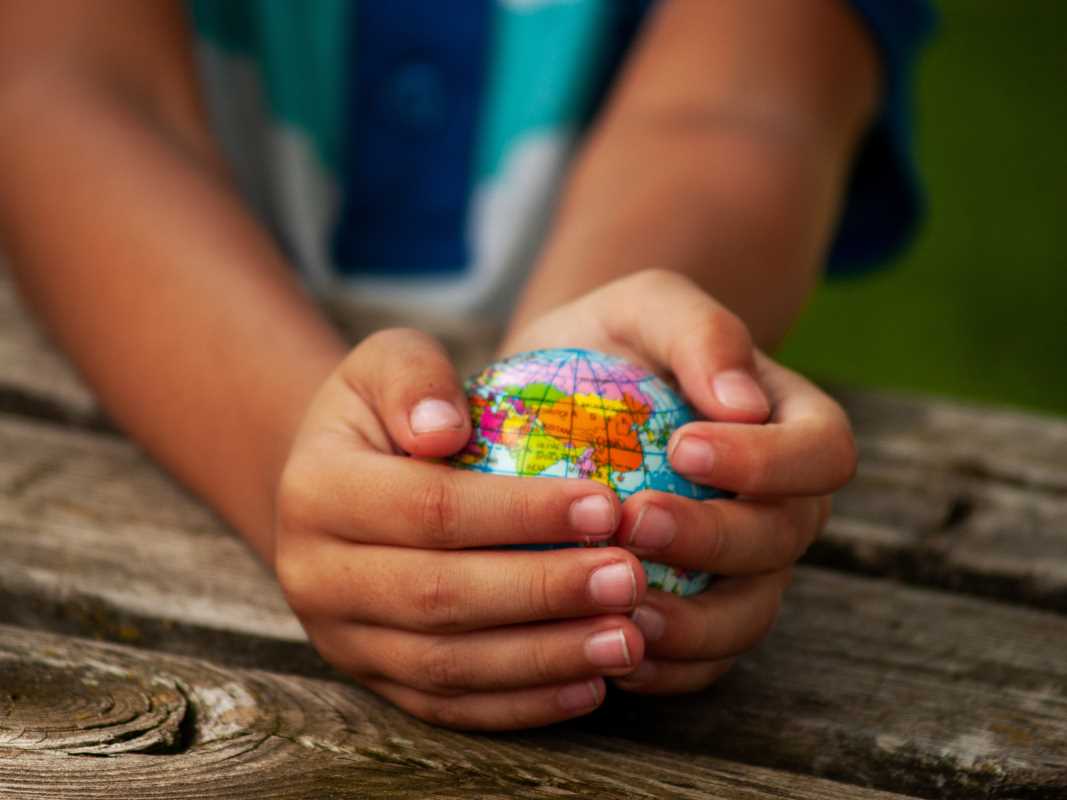Teaching kids about the world’s many rich and diverse cultures doesn’t mean you need a passport or a plane ticket. With some creativity and thoughtful planning, you can open your child’s eyes to new traditions, cuisines, and ways of life—all without stretching your budget too thin. Helping kids understand and appreciate diversity is one of the most meaningful gifts we can give them as parents, and it can be incredibly fun for the whole family! These are some low-cost and engaging ways to explore different cultures with your kids while fostering curiosity and respect for our beautiful, multicultural world.
Explore International Cuisine at Home
Food is such a universal language, and cooking traditional meals from different cultures can be an exciting (and delicious) way to learn about the world. Instead of ordering takeout, turn your kitchen into an international hotspot!
Choose a country to “travel to” and look up a few recipes online. For example, you could make tacos inspired by Mexican cuisine, crepes from France, dumplings from China, or injera from Ethiopia. Get the kids involved in mixing, chopping, and assembling the dishes—they’ll love being part of the process.
To take it a step further, talk about the history behind the dishes. Where did they originate? Are the ingredients tied to any cultural significance? If you can, play music from that country while you cook or decorate the dining table with colorful touches that reflect the culture. Food not only fills your bellies, but storytelling enhances the entire experience and ties it all together.
Visit Your Local Library
Libraries are treasure troves of global knowledge, and the best part? Most resources are completely free! Head to the children’s section and look for books celebrating other cultures. Biographies of famous figures, folktales, and even picture books showcasing daily life in different countries are all great places to start.
You can also search for encyclopedias or nonfiction books that showcase traditional clothing, festivals, art, and geography worldwide. Don’t forget audiobooks or music CDs either—listening to stories and songs in another language can be a captivating experience for kids.
Libraries often host multicultural storytimes or language learning events, so check their calendar for opportunities to immerse your children even further.
Take Advantage of Free Cultural Festivals and Events
Many cities and towns celebrate their local diversity through free cultural festivals, parades, and community events. These festivals often feature live performances, food stalls, crafts, and activities that give families a glimpse into a variety of global traditions.
Find out if your local community holds events like Diwali celebrations, Chinese New Year parades, Juneteenth festivals, or Oktoberfest gatherings. If your kids see a traditional dance or try henna art for the first time, it can spark their curiosity and lead to meaningful conversations.
Pro tip? Keep an eye on community boards, social media pages, or local event websites for updates on nearby cultural happenings. They’re often low-cost (or free) and make for amazing hands-on learning experiences.
Use Virtual Resources
Technology brings the world to your doorstep—literally. There are countless free online resources to introduce your kids to other cultures in interactive and engaging ways.
- Take a virtual museum tour: Websites like the British Museum, Louvre, and Smithsonian offer virtual tours and kid friendly explorations of their exhibits covering art, history, and global traditions.
- Watch international films or cartoons: Streaming platforms often have options for children’s content from different countries. Even subtitled films can expose them to a new language, and kids usually pick up more than we might expect!
- Learn a language together: Apps like Duolingo and YouTube tutorials make practicing new languages fun (and often hilarious). Start with common phrases in languages like Spanish, Japanese, or Swahili—kids tend to love repeating new sounds.
Explore Google Earth: Kids can “travel” to landmarks like the Great Wall of China or Machu Picchu with just a few clicks. Imagine the awe they’ll feel when they see something outside their own neighborhood!
Participate in Global-Themed Arts and Crafts
A fun, low-cost activity that also helps children learn about other cultures is global-themed arts and crafts. Explore the traditional art forms of different countries by creating projects inspired by cultural symbols. For example, you could create Mexican piñatas, Japanese origami, or African beaded jewelry. Each project provides an opportunity to discuss the culture behind the craft and the history or significance of the designs. This type of activity is not only fun but also educational, helping children connect with a culture through hands-on creation.
Celebrate Holidays from Around the World
Celebrate holidays from other cultures to bring global traditions into your home. Learning about these events helps kids understand other perspectives and creates opportunities for family bonding.
For example:
- Host a Lunar New Year dinner with red decorations and small symbolic gifts.
- Light candles for Kwanzaa while talking about the seven core principles.
- Make pinatas for a Mexican Posada party around Christmastime.
- Try crafting paper sakura trees to honor Japan’s cherry blossom festivals in spring.
The key is to approach these celebrations with respect and authenticity. Take time to explain what the traditions symbolize, so your kids understand their deeper meaning.
Share Stories From Around the World
Storytelling is one of the oldest forms of cultural expression, and kids absolutely love a good tale. Read folktales or myths from different countries and discuss what moral or lesson they carry.
For example, you might explore Anansi stories from West Africa, Native American creation myths, or Japanese tales about fox spirits. The colorful characters and vivid settings will transport your kids to another world while encouraging them to think critically.
Better yet, ask friends or family members from different cultural backgrounds to share their own stories, if they’re comfortable. Hearing tales directly from someone else makes them feel more personal and meaningful.
Foster Curiosity and Respect
Teaching kids about other cultures doesn’t have to cost much, but the impact is lifelong. By exposing children to the richness of the world around them, we help cultivate open-mindedness, empathy, and respect for diversity.
The joy you’ll see as they taste new foods, cheer for traditional dances, or discover how similar we all are at heart—it’s priceless. These adventures don’t just teach your kids about other cultures; they strengthen your bond as a family and create memories you’ll all treasure. Start small, have fun, and watch as the world opens up for your family, one story, one snack, and one celebration at a time.







